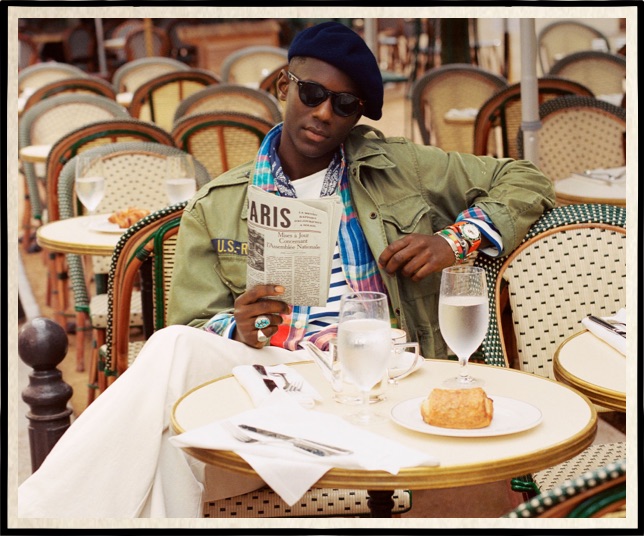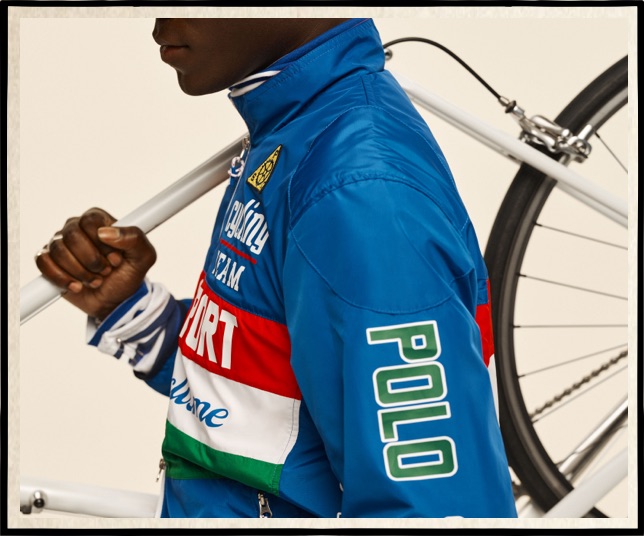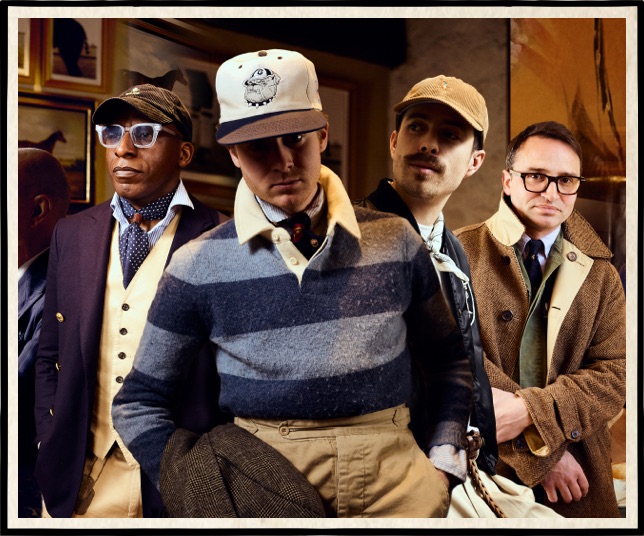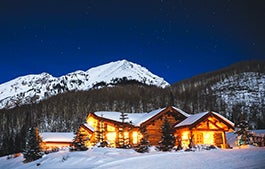
Locking Horns
1959 is considered the greatest year for recorded jazz. A new book examines what it took for Miles Davis, liberated by his time in Paris, and two other musical geniuses to make their mark in music historyThe greatest year in Hollywood history? Some people say 1939, which saw the release of Gone With the Wind, The Wizard of Oz, Ninotchka, Mr. Smith Goes to Washington, and Stagecoach. Others argue for 1974, and a slate including The Godfather Part II, Chinatown, The Conversation, and Blazing Saddles. Devotees of the Broadway musical debate the merits of 1964 (Hello, Dolly!, Fiddler on the Roof, and Funny Girl) versus 1975 (A Chorus Line, Chicago, and The Wiz). Fans of chaos have 1968 and 2020 to fight over.
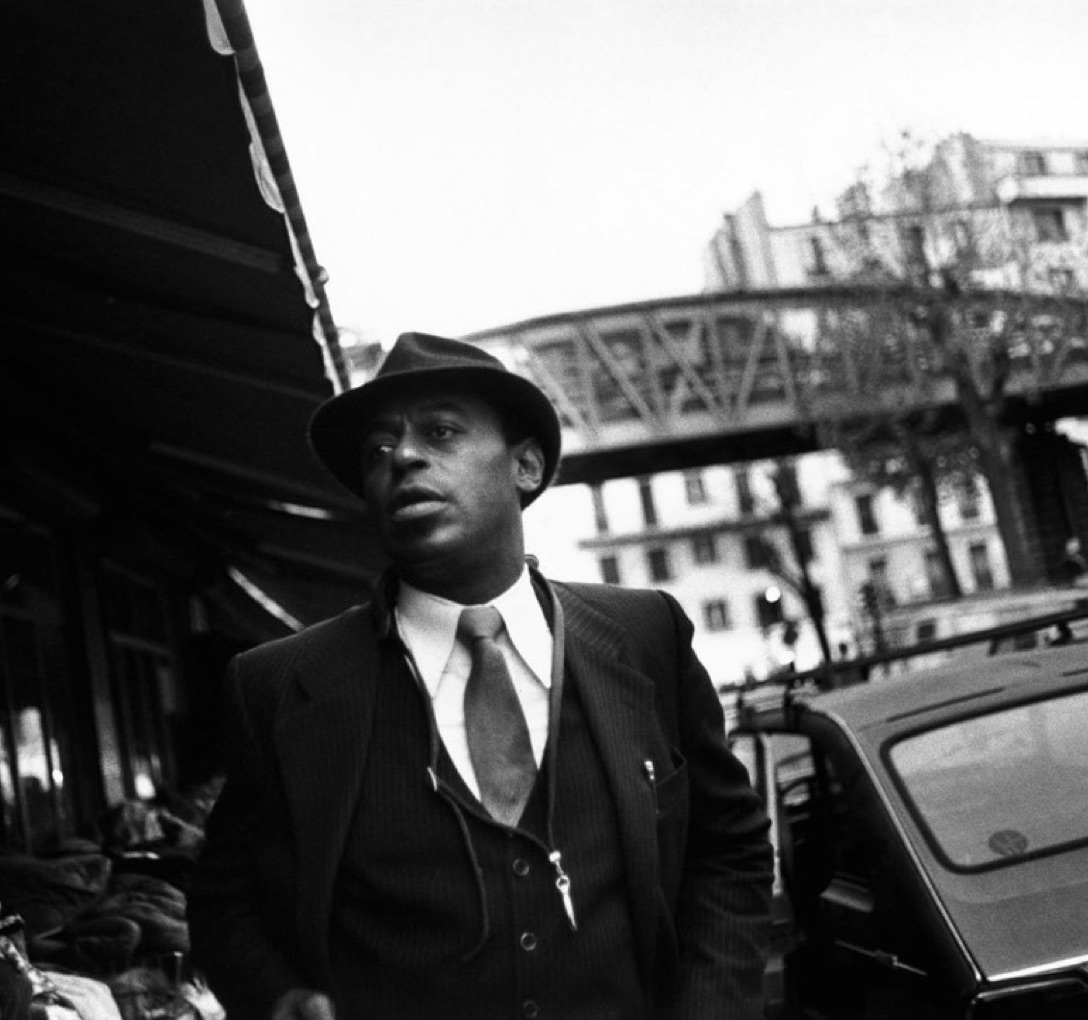
Top (left to right): John Coltrane, Cannonball Adderley, Miles Davis, and Bill Evans in the studio recording Kind of Blue, in 1959; Davis photographed on stage; a graphic of a trumpet from one of his albums. Above: When Davis hired Coltrane (photographed in Paris) he was an addict and a jazz outsider; Evans (at right) was “nerdy and reserved.”
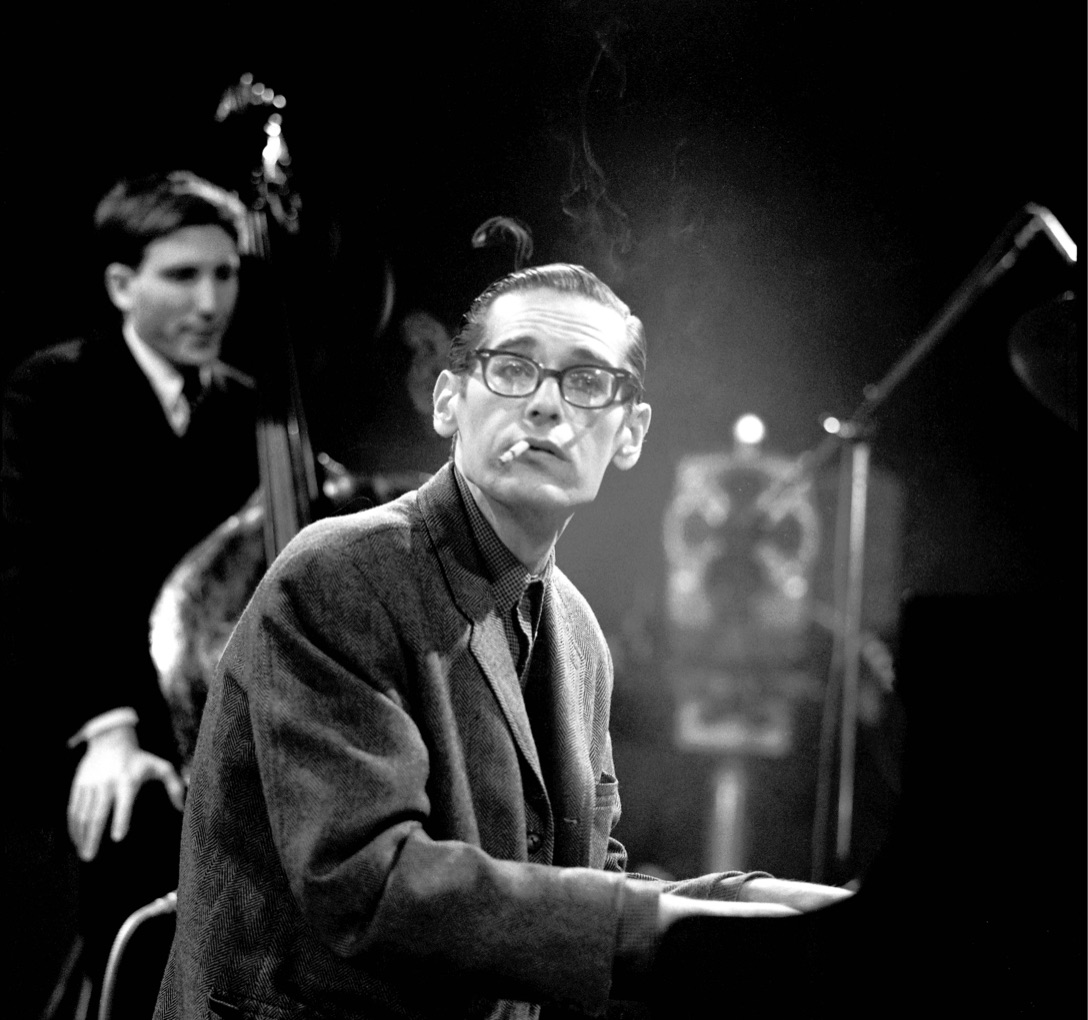
No one argues about the greatest year for recorded jazz. That would indisputably be 1959, which gave us Dave Brubeck’s Time Out, Charles Mingus’ Mingus Ah Um, Ornette Coleman’s The Shape of Jazz to Come, Art Blakey’s Moanin’, Abbey Lincoln’s Abbey is Blue, and, last but very far from least, Miles Davis’ Kind of Blue. The best-selling jazz LP of all time, the record is a singular masterpiece—timeless in the usual sense of sounding as fresh and vital today as it did 65 years ago, but also in the sense that Kind of Blue seems to exist outside the musical warp and woof it of its own time; there’s nothing quite like it in Davis’ catalog or anyone else’s. But of course the album didn’t just emerge fully formed and unbidden from the trumpeter’s head, like Athena popping out of Zeus’ skull, and the story of how its innovations flowed from trends in 1950s jazz, and of how the men who made it came together after years of circling one another and fighting personal demons, is told with insight and empathy in James Kaplan’s terrific new book 3 Shades of Blue: Miles Davis, John Coltrane, Bill Evans, and the Lost Empire of Cool.
To my taste, this one goes immediately to the top shelf of great books about jazz or any other music. You may already know—should know—Kaplan as the author of a masterful two-volume biography of Frank Sinatra, Frank: The Voice (2010) and Sinatra: The Chairman (2015), which, along with his subsequent Irving Berlin: New York Genius (2019), established him as something like the Robert Caro of the Great American Songbook. (I should confess that once upon a time I edited Kaplan at Vanity Fair, so sift my praise for bias, but factor in too my jealousy for his ability to write about music so lucidly while also capturing its intangible spirit—the reason we care in the first place.)
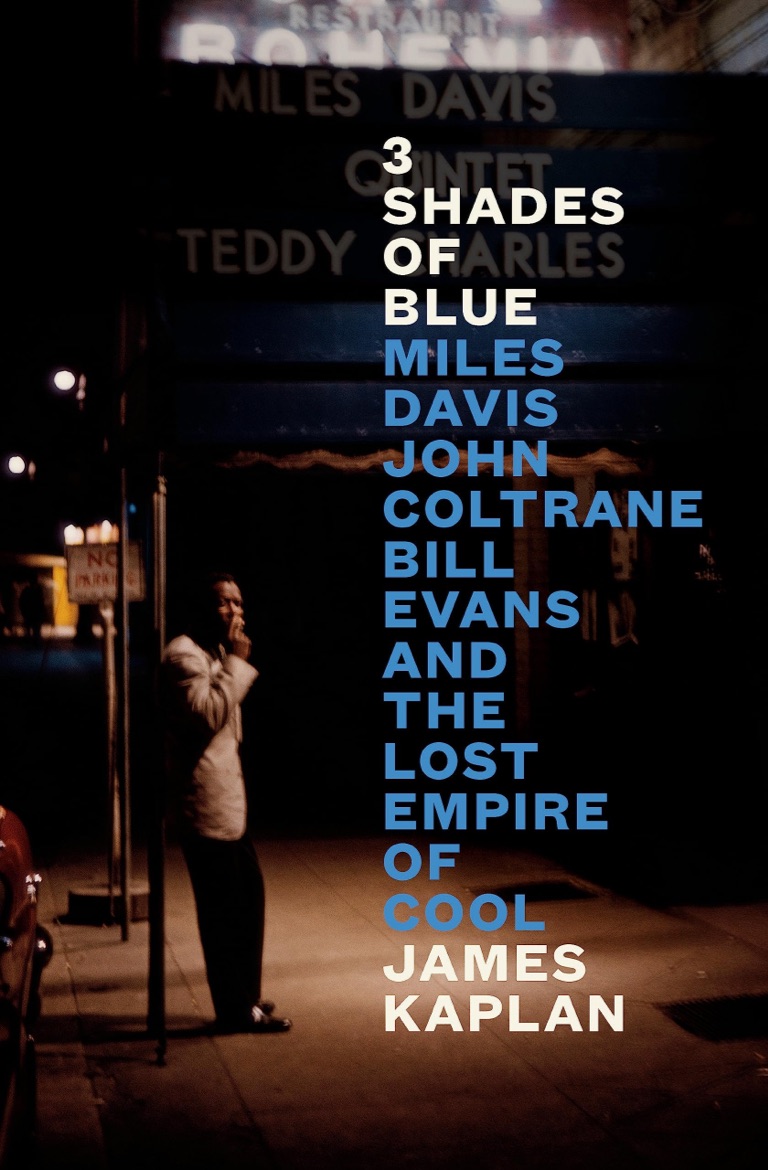
This new book is singular in its own way: not a conventional “making of,” but more like the biography of an entire musical era. Kaplan begins with Charlie Parker and Dizzy Gillespie’s innovations in the mid-1940s, known as bebop, then follows the music’s evolution into so-called hard bop, with the story climaxing—but not ending—with Kind of Blue and its groundbreaking modal improvisations. As Kaplan writes, the record’s “quiet and enigmatic majesty … both epitomizes and transcends the genre.” It’s an LP “widely beloved among musicians and music lovers of every category: jazz, rock, classical, rap.”
Aside from Davis, Kaplan’s central figures are tenor saxophonist John Coltrane and pianist Bill Evans, who were also on the record and key to its effect. (The rest of the band, no slouches: alto saxophonist Cannonball Adderley, bassist Paul Chambers, drummer Jimmy Cobb, and, filling in for Evans on one number, Wynton Kelly.) One miracle in Kaplan’s story is that his three principals, who all suffered from serious addiction issues as young men, lived long enough to record together.
A dentist’s son who grew up East St. Louis, Davis was a trumpet prodigy who at 18 sat in with Billy Eckstine’s big band, alongside Parker and Gillespie, when the group came through town. He got into Juilliard but dropped out after a few months and soon found his first steady gig playing in Parker’s quintet. By 1949 he himself was a bandleader and recording artist, a rising young star.
A pivotal moment in his life came that year on a trip to Paris, his first. “Europe itself was a revelation,” Kaplan writes. “He had lived for 23 years with the foot of American racism on his back; all at once, without expecting it, he was liberated. ‘I had never felt that way in my life,’ he said. ‘It was the freedom of being in France and being treated like a human being, like someone important.’” He also fell in love for the first time, with the French singer and actress Juliet Gréco, who introduced him to Sartre and Picasso, the men, not just the work. It was a one-week trip, and a one-week affair, heady but short, yet it seems to have altered his DNA.
The problem was returning to New York, where he was “once again a second-class citizen; in the eyes of white America, just another Negro.” Worse, he felt like white musicians were ripping off his style, and he began having trouble finding steady work. He spiraled into depression and what he called “a four-year horror show” of addiction to heroin—an occupational hazard in that era, when so many musicians were in thrall to Parker’s protean but erratic example. “His genius was so otherworldly,” Kaplan writes of Parker, “and his heroin use so blatantly extreme, that it was hard for young players prone to magical thinking (and all artists are prone to magical thinking) not to draw a connection between the two—and having drawn the connection, hard not to see heroin as the royal road to jazz mastery.” Heroin use was also “a badge,” as one musician put it, something that bonded a group of sometimes marginalized artists, a source of identification, as sad as that sounds. Coltrane, who grew up in North Carolina and began his career in Philadelphia, also succumbed, as did Evans, a white kid from New Jersey who’d initially studied classical piano.
By his mid-20s, deep into his habit, Davis was considered washed-up, but once he finally quit after several false starts, he reestablished himself as a musical force, recording for Blue Note, Prestige, and, beginning in 1957, Columbia, the biggest and most powerful label. He was an inspired player who proved to be an equally inspired leader. “A significant part of his artistic gift,” Kaplan explains, “was knowing what great painters or movie directors or orchestra conductors know: what—whether colors or actors or sounds—to put where.” For a bandleader, this meant knowing who to hire.
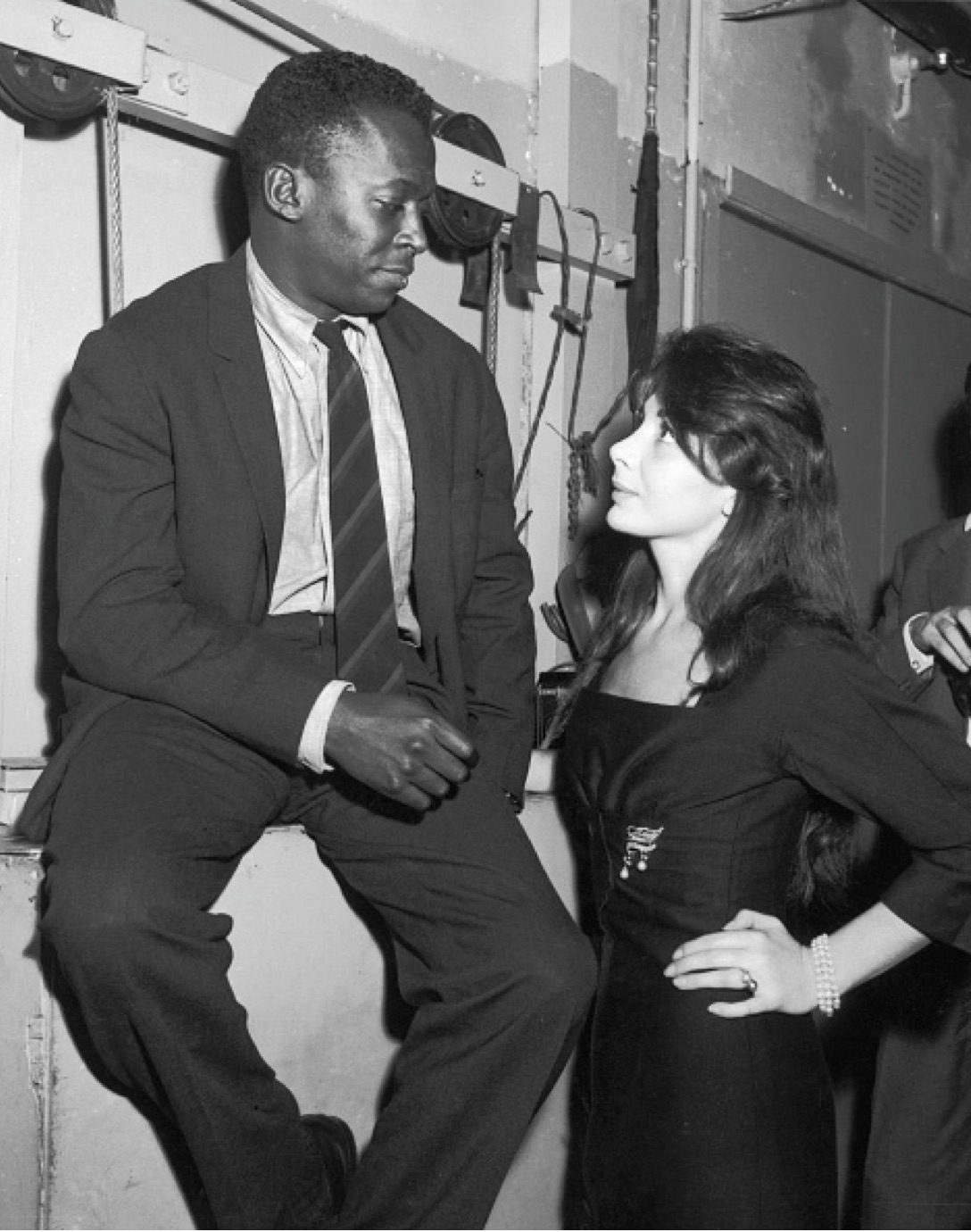
In Paris, Davis met the French singer Juliette Gréco (above) who introduced him to Picasso and Sartre; Charlie Parker (at right) whose genius was “otherworldly,” and his band, which then included a young Miles Davis, playing a gig at Three Deuces in New York, 1947.
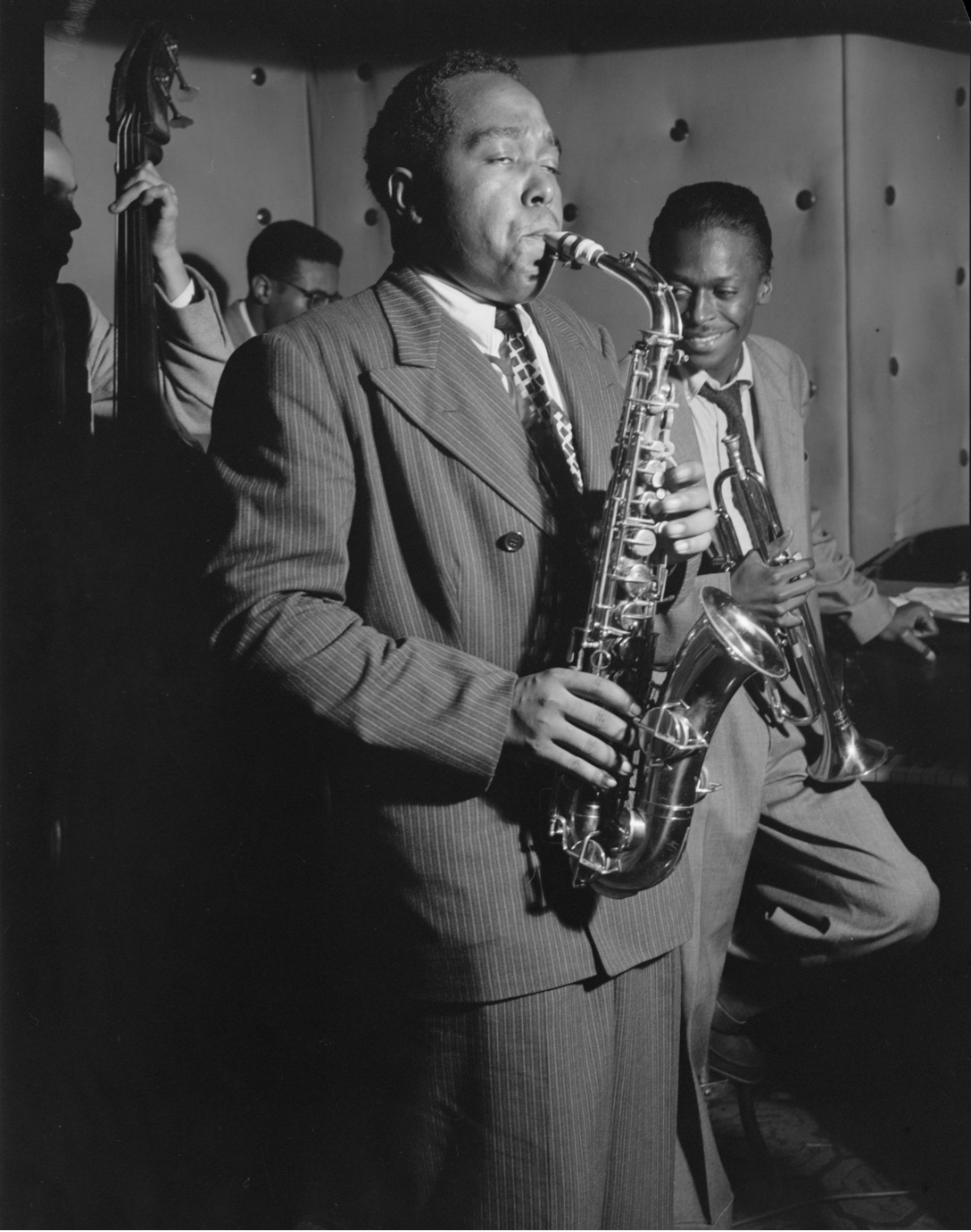
When Davis first auditioned Coltrane, in 1955, the saxophonist, six months younger than his new boss, was still a junkie, and an alcoholic to boot. He had shown flashes of brilliance while repeatedly shooting himself in the foot. He was, in Kaplan’s words, “an awkward outsider … virtually coming out from hiding, having spent the past decade freelancing around jazz’s seamy outskirts as he searched musically.” Davis understood that searching and heard the genius that would lead to Coltrane’s own masterpieces as a leader in the 1960s. Hiring him was an example of Davis’ knowing what to put where: the saxophonist’s dense, fiery, nakedly exploratory solos were perfect counterparts to Davis’ often muted playing, which, in Kaplan’s nice phrase, “conveyed ardor and distance at the same time.” Not quite fire and ice, but along those lines. All the same, Davis had to can Coltrane to force him to clean up, rehiring him once he got sober and committed himself to his art.
Evans never really did quit heroin. Nerdy and reserved in aspect, self-conscious about being a white man playing Black music, he practically had to be tricked into recording his first record as a leader. Davis was drawn to the way his playing was influenced by European modernism, and the two men bonded over a shared love of Ravel and Rachmaninoff. That was one ingredient in Kind of Blue’s conceptual mix. Another was Davis’ recent discovery of the African finger piano, with its odd (to Western ears) scales.
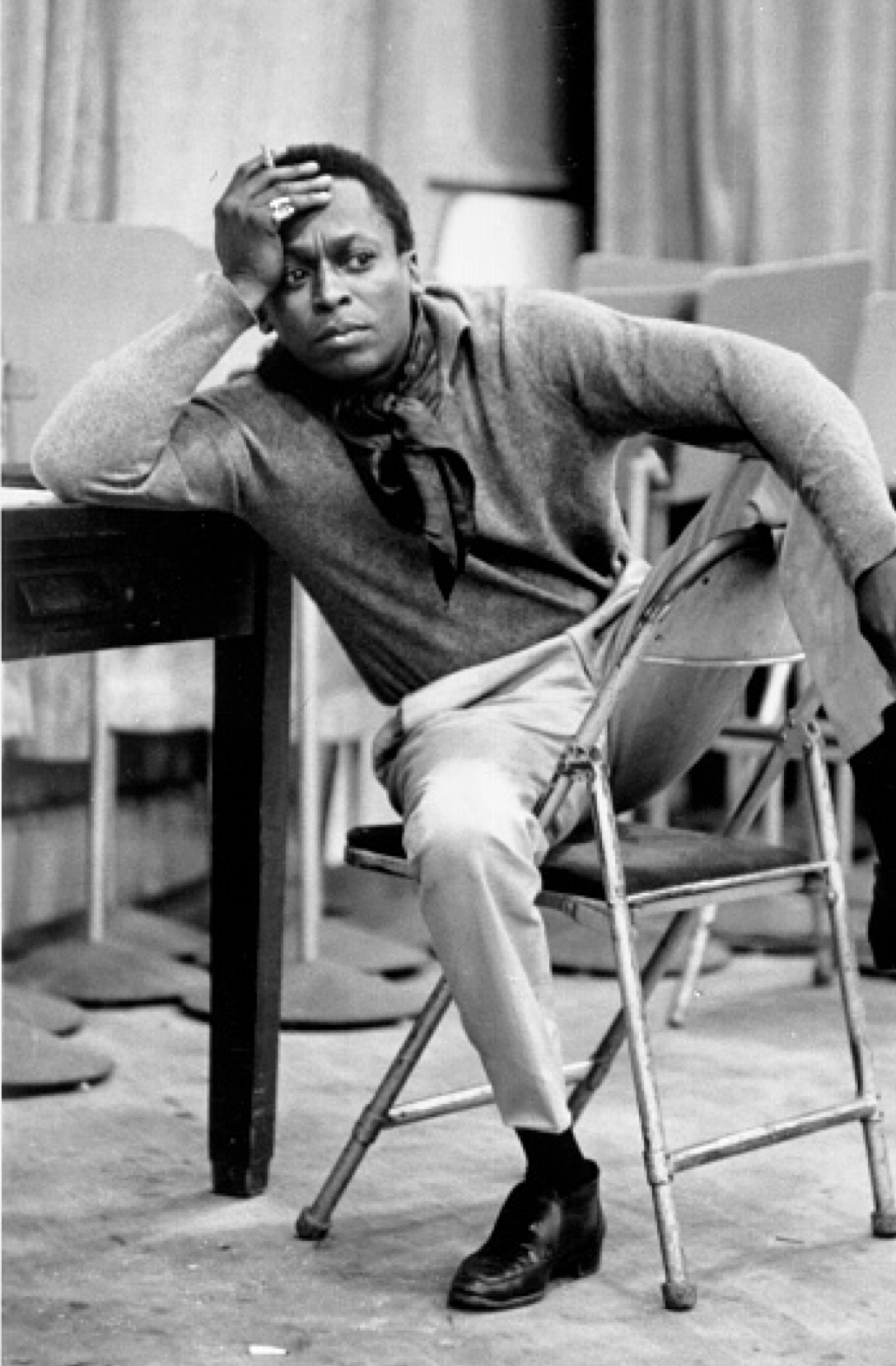
Davis was also known for his elegant sense of style. He started out wearing Brooks Brothers suits, returned from Paris with a scarf around his neck, and, at the height of his fame, drove a Ferrari 275 GTB in suede leather pants.

For several years, Davis and other jazz musicians had been experimenting with modal music—improvising on a single chord, rather than a series of chord changes as in most standards—which gives the music an open-ended, even mysterious feel, a story without a beginning or end, as Kaplan describes it. In Kind of Blue those experiments came to full flower. (Another would be Coltrane’s My Favorite Things, released two years later.) Not all five tracks are modal, but to me the whole album is suffused with that open-ended mystery; the music is deeply felt while not registering any obvious emotions. Listening to it can remind me of waking from a dream that I can neither shake nor quite remember.
Kaplan’s story does have an end, though not a dramatic one. The recording sessions, spread over two dates in the spring of 1959, were unremarkable, aside from the music made. (Style note: Photos taken in the studio show Davis looking casually suave in a button-down shirt with an ascot or bandanna tied around his neck; he had come a long way since his rookie days in New York, when the saxophonist Dexter Gordon upbraided him for his Brooks Brothers suits, lamenting, “I can’t be seen with nobody wearing no square shit like you be wearing.”) The album itself, though not immediately recognized as a masterpiece, was respectfully received; this was no Sacre du Printemps. Sales were good, not great. The thing was, the album just kept selling and keeps selling to this day—a tribute to Kind of Blue’s “immaterial force,” as Kaplan puts it, adding that the record “was like a stone tossed into a dark lake, the concentric waves of its power radiating smoothly, silently, in all directions.”
Evans alluded to this ineffability in his liner notes for the LP, in which he compares its essence to “suibokuga,” an improvisational style of Japanese ink painting. “Erasures or changes are impossible … deliberation cannot interfere,” Evans wrote. “The resulting pictures lack the complex composition and textures of ordinary painting, but it is said that those who see will find something captured that defies explanation.” Possibly true, but Kaplan’s penetrating look into the matter gets damn close.
The Polo Gazette
Issue N˚ 9




